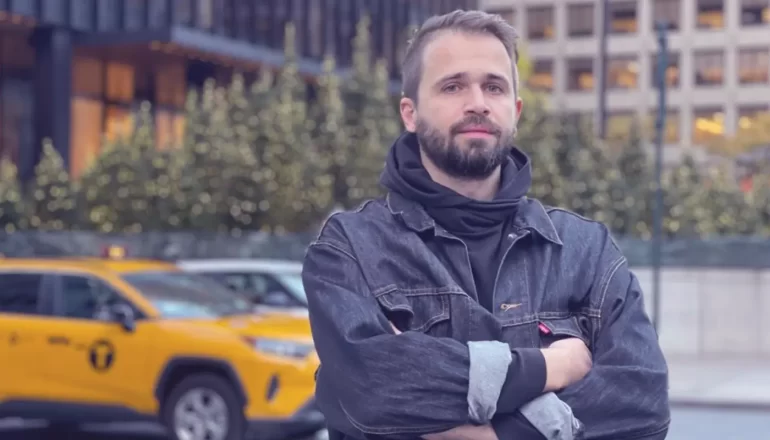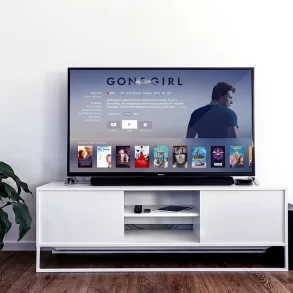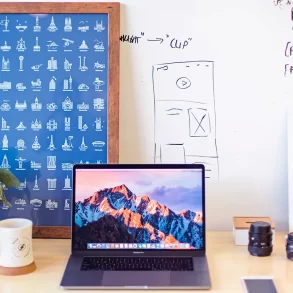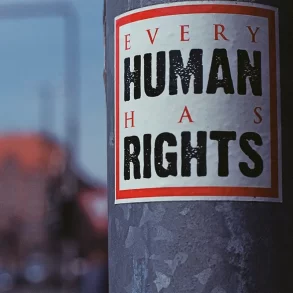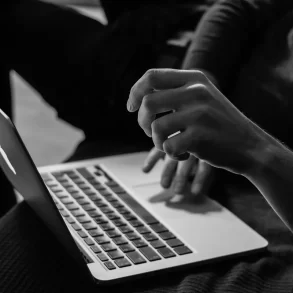Ilya Sizov is a multidisciplinary designer and art director who combines the experience of working for brands like Unilever, Honda, WWF, etc., with strong expertise in leading design for startups like fasten, Smartcat, and TheXPlace.
What led you into design?
As a teenager in the late 90s, which was a time famous for its cultural (or, to be precise, subcultural) trends. Back then, I was listening to nu-metal and dreaming of playing bass and having a pair of aggressive inline skates (and ideally switching them to a snowboard in winter). All of that went hand in hand with the visual artifacts: album artworks, extreme sports magazines, broadcast graphics of early MTV (when it used to be cool), and that unique teenage millennial fashion. Today, these trends are recognized as a part of Y2K aesthetics — a remarkable domain of graphic culture legacy.
These years were also the time when I got my hands on the Internet; it was a completely different Internet compared to what it is now. I fell in love with all the experimental and quirky stuff that was happening online at that time, like web art and early Flash. I don’t want to go on about how unmanaged and liberating web graphics felt in that era; I just want to highlight that it was a completely new medium with a unique visual look, and it caused my inclination to digital design for years ahead.
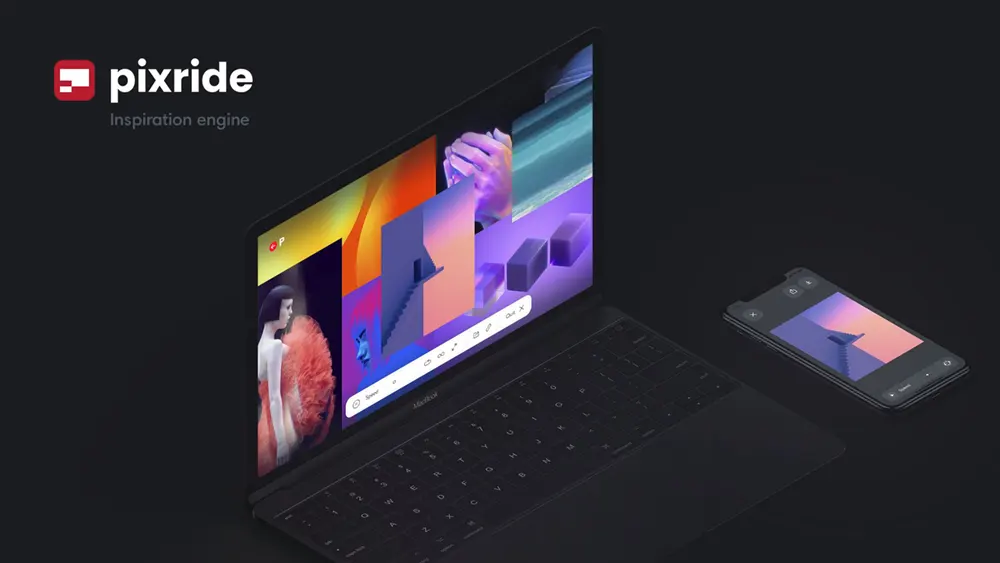
Where do you go to get inspired?
I live in New York so I could easily name the Metropolitan or Guggenheim museums but the true answer is, I try to go back in time. One of my favorite sources of inspiration is what I call the “web archeology”. I like finding hidden gems in little-known corners of the Internet, especially when these things are no longer online. Digging into the trends of the past using the Web Archive is where I can get lost for hours. For an easier and faster way of immersing yourself into the Internet of the late 90s and early 2000s you can go to the Web Design Museum — a great resource with a neatly systematized and curated selection of the best independent and commercial websites of that time.
What pieces of work are you most proud of?
This is quite an old project but for me one of the most meaningful was designing the website for the type foundry Paratype in 2014-2015 when I was an art director in the Red Keds agency. Typography is something designers are usually obsessed with and I am no exception. The project had a tough fate because of the high bar that we set. We designed the website as a single-page JavaScript app that caused a lot of technical and design challenges. I can hardly estimate how many iterations we went through and how many mockups were thrown in the trash, let alone how many desperate moments (like changing developers along the way or failing deadlines) we had. But all the pain and tears definitely paid off as we created one of the most technologically-advanced font-selling websites of that time.
WordPress Widgets: What They Are and How to Use ThemI also enjoy working on non-commercial projects. “Northiness” is the project I am really proud of. The project is dedicated to the northern nature and mindset and reveals “northiness” as a world view — austere, sometimes severe, at the same time thin and fragile, calm in appearance but incredibly powerful inside. On the surface, Northiness builds its activity around the fashion and clothing industry but the communication goes beyond this and steps into the field of figurative art, photography and filmmaking.
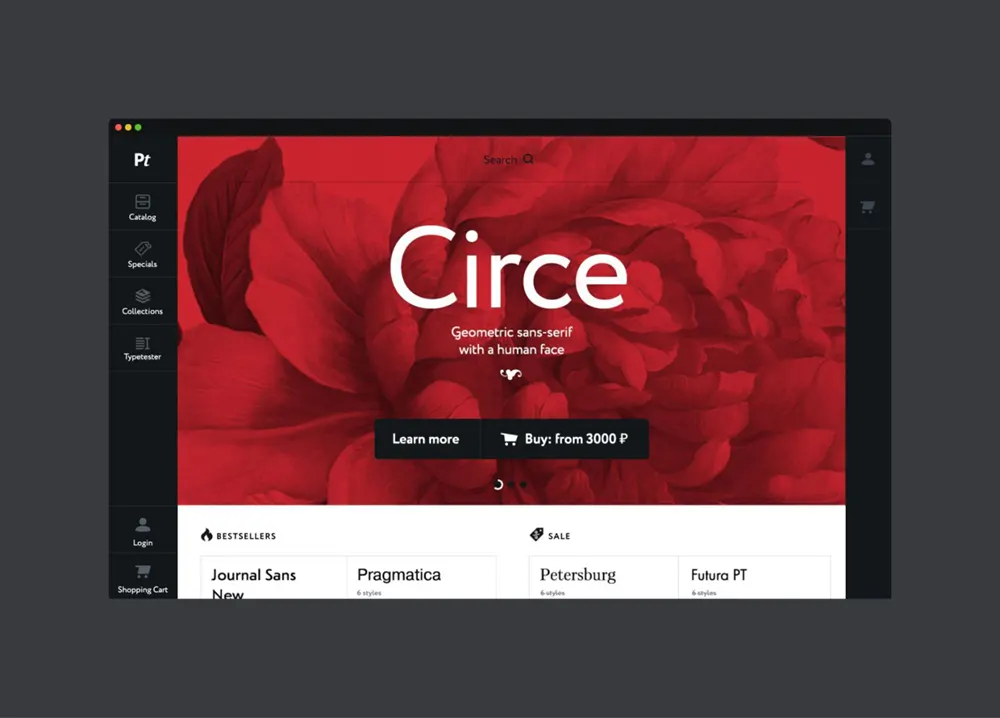
What does your typical workday look like?
I don’t like getting up early, but I have to be awake at about 8 am (yeah, it’s early for me). Almost right away I start working. 99% of my workdays start with a 1-hour team sync. Then, the calendar may vary but there are always calls and there is always time for uninterrupted work. Recently, I’ve been noticing more and more how strongly I crave longer periods of head-down work. Achieving a flow state gives me a lot of energy and contentment, while I always end up extremely unhappy when my day is broken down by emergencies, calls, and pings.
Another thing that I miss a lot is the in-person work environment. I feel that it’s crucial to feel a human connection with your teammates, which is hard to establish remotely. Additionally, office spaces just force you to move more and help you see more (at least, you need to walk or commute to the office). To compensate for the lack of daily outings, I try to leave home for lunch and ideally have it on a bench outside.
How to come up with an idea for a promotional video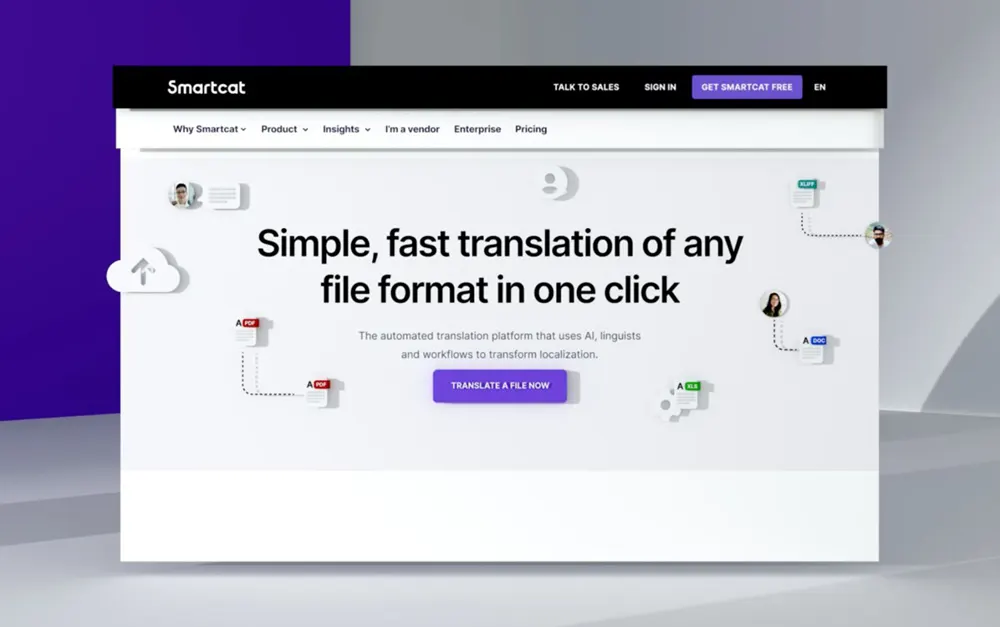
When work ends, I go for a run (I like running in the dark) or do a workout at home. And after dinner with my girlfriend, I can work long hours on my side projects or can be acquiring new skills (recently, I’ve been vigorously studying 3D techniques). If it’s a really lucky day and I don’t have much guilt for not going the extra mile, I would make music instead of design-related things at night (to a certain degree, I still consider music to be my true destiny).
Any advice for ambitious designers?
Do only what you really like to do and what you consider meaningful. Don’t accept compromises. When you start sacrificing your passion and design dignity it will definitely lead you in the wrong direction. Among other consequences, you might suffer from burnout and a loss of interest in what you do. Don’t believe people who tell you that there are no ideal projects, clients, or jobs. Putting up with meaningless projects, toxic clients or uninspiring jobs is a too high price for a stable income. Try to remember why you chose this career in the first place and trust your intuition.
The Role of Typography in Logo Design

